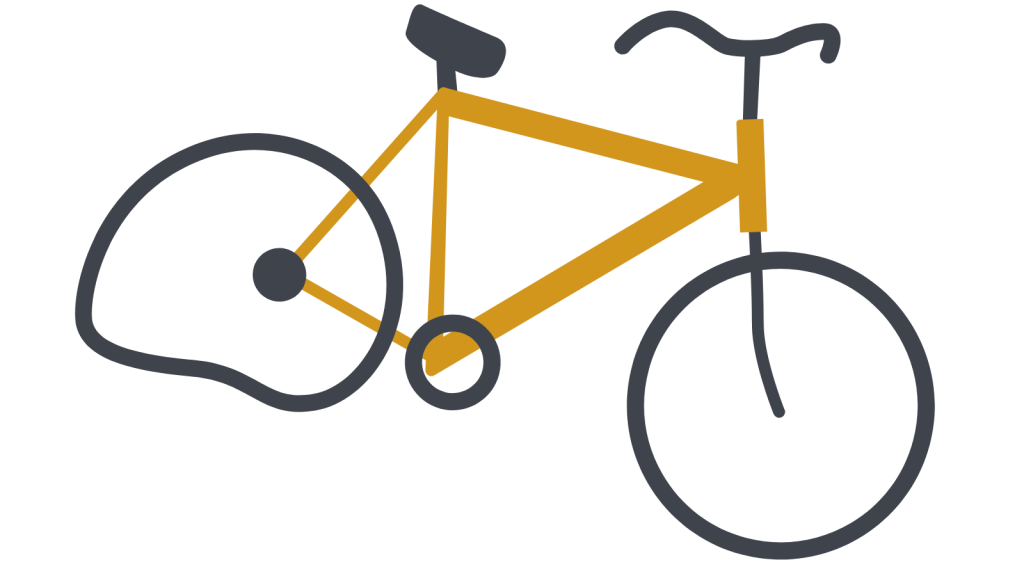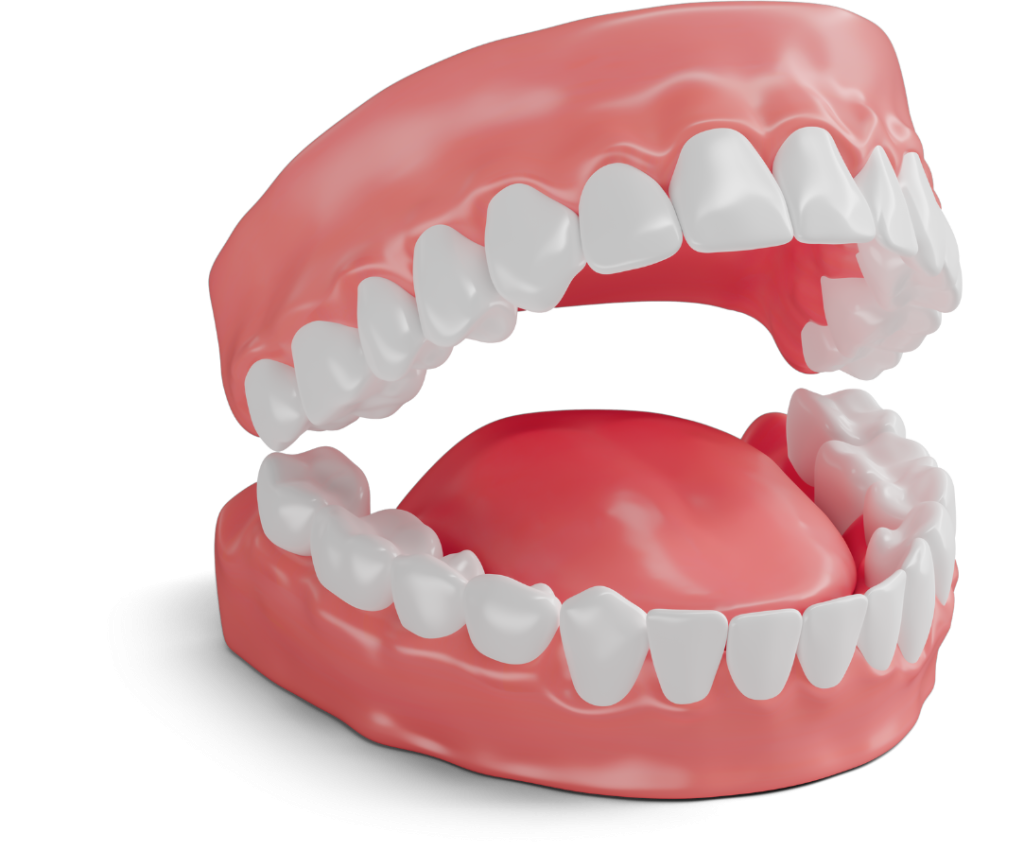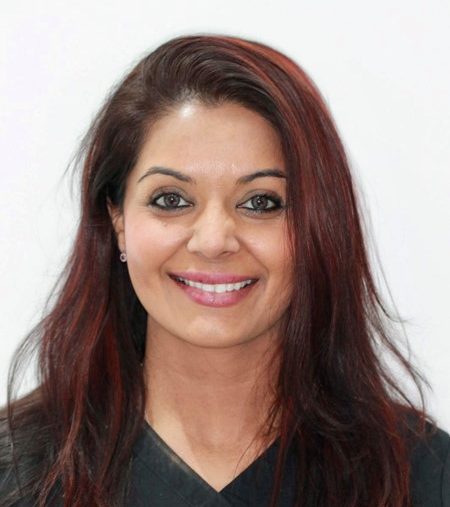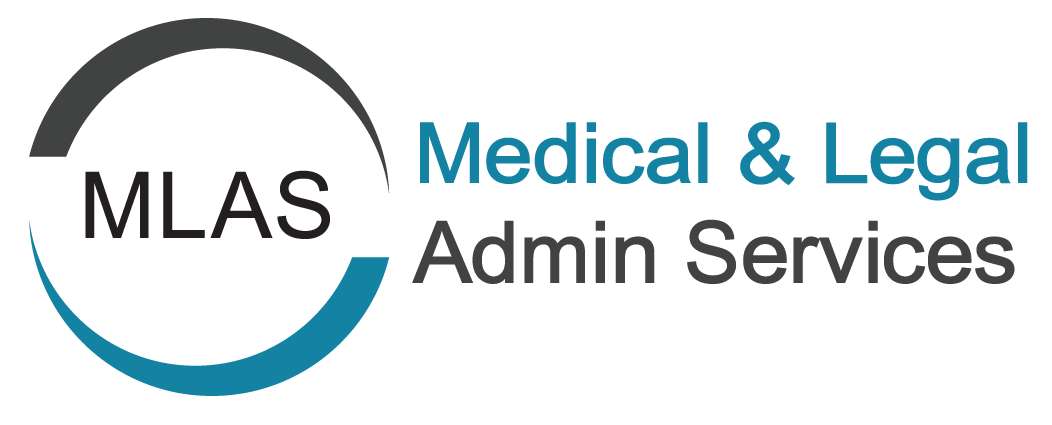Author: Dr Ravinder Varaich
Dental Personal Injury Claims
In personal injury claims where a dental expert witness report is needed, the injuries must involve damage to a tooth/teeth or the temporomandibular joint (jaw joint) due to an accident that was not the fault of the Claimant. These dental injuries might be accompanied by other injuries, with symptoms varying from jaw pain to tooth fracture or loss.

How to get the best report from the Dental Expert:
- Providing the expert with all relevant documents before the Claimant’s appointment, when feasible, allows the expert to be better prepared and ask more focused questions during the consultation.
This practice also enables any inconsistencies to be addressed during the Claimant’s interview. For instance, if there was a 6-month delay in seeking a dental appointment after claiming severe toothache following an accident, the reasons for the delay can be discussed with the Claimant.
- A comprehensive letter of instruction should include a brief overview of the accident and resulting injuries, along with any available details of specific dental injuries, such as a broken upper right incisor. Additionally, mention any outstanding records not yet received, so the expert can assess their necessity before meeting the Claimant.
- Additional medical reports may offer more insight into the injuries and symptoms experienced.
- Ensure the records provided are pertinent to avoid unnecessary bulk in the case file, which can increase reading time and costs. If dental injuries were not reported at the hospital or to the GP, it can lead to time wastage that will still need to be invoiced.
- A detailed letter of instruction specifying the reporting of dental injuries at the hospital and GP visits will help experts identify crucial information.
- It is accepted this is not always known, and that the instructing party may therefore like the expert to read through all the medical records. Bear in mind only entries pertaining to dental symptoms/injuries reported are within the dental expert’s area of expertise.
- If pre-accident dental records are available, they allow the expert to assess the condition of the teeth before the incident. Request x-rays and labeled photographs from the dentist, ensuring each x-ray is dated and properly identified.
- Hospital records should be included if the Claimant sought medical attention after the accident to confirm the reporting of dental injuries.
- GP records are necessary only if the Claimant visited the GP for dental issues; otherwise, they are usually not needed and can consume unnecessary time for the expert.
- Post-accident dental records, including emergency care details, treatment estimates, x-rays, and labeled photographs, are essential for evaluation.
- A checklist to send to dentists when requesting records can be found here.
Sample Case:
Summary of Events

A 27 year old male was travelling to work on his bicycle at around 7am when a car turned into a side road cutting in front of the Claimant. The Claimant attempted to stop, but as he did so was thrown over the handlebars landing on the car bonnet face first.
His upper right incisor came out at the scene of the accident, and a pedestrian walking by saw the tooth on the ground, dropped it into his water bottle and gave it to the paramedics at the site. He also had fractured biting edges from the neighbouring teeth: the two left incisors. Around two months later, the Claimant reports these two fractured left incisor teeth turned grey.
At the hospital, the Claimant had other medical injuries treated. An on call oral surgeon reimplanted the upper right incisor tooth and placed a temporary splint to the adjacent teeth to hold it in place. The Claimant was advised to see his dentist as soon as possible.
The next day, the Claimant noted the upper right incisor tooth was no longer in the same position it was prior to the accident.
The Claimant required suturing of his lower lip where his upper teeth had dug into it, and a large scar remained here, as well as some tingling sensations of the lip.
The Claimant reports his teeth were painful for several months after the accident, requiring pain relief which he initially got from his GP when he attended to have his lip sutures removed 2 weeks after the accident. After this, he attended an emergency dentist close to home as his dentist near work was not able to see him until the following week. He reports the emergency dentist only removed the splint on his front teeth, and advised him to see his regular dentist. The Claimant was able to see a private dentist where his mother was registered, and did not return to his usual dentist. He reports a specialist dentist at the sister branch of the new practice was able to treat him privately within a few days of the initial consultation. He reports he was also referred to another private implant dentist for a consultation, but is waiting for the outcome of the case before he proceeds with any treatment there.
The accident has had a huge impact on the Claimant’s social and work life. The poor cosmetics of his teeth make him not smile or socialise as much as he used to. He had several social events planned a few weeks after the accident. His best friend was planning to get married in Ibiza. He missed the events associated with this, as well as other important social events in his calendar.
He reports as he is so conscious of the cosmetics of his teeth, he is no longer able to perform at work in the same way. He was in a client-facing sales position, and feels he has been financially affected by the accident as a result.

The letter of instruction should ideally include all of the above, as this provides the expert with a good basis to start the report and investigate the facts from the records, and plan direct questions around the points raised in the summary.
You also sent the Claimant the “how to” advice sheet, and as a result they have sent you a photographic diary of all the information requested.
What records are required?
NB All records should be requested in full as the checklist here details.

- Ambulance records
- Hospital records, in particular the oral surgeon’s records and any dental x-rays taken
- GP records
- Pre accident dental records
- Emergency dental clinic records
- The new private practice close to home where the claimant attended for a consultation on his mother’s recommendation
- The records of the sister practice where the specialist treated the claimant
- The records of the implant dentist where the claimant had a consult and is awaiting the outcome of the claim to have treatment
- The claimant’s photographic diary
Briefly, what would the expert report comprise?
- Case summary
- Conclusions overview
- Instructions statement, including specific questions from the instructing party
- Examination of facts (medical and dental records), particularly highlighting the pre-accident state of the alleged injured teeth
- Claimant interview (incorporating details from the photographic diary) outlining the accident’s impact on the claimant’s social, work, and personal life, as well as their current status. Accurate information on the effects can elevate a report from acceptable to outstanding!
- Claimant’s dental examination and special tests of the relevant teeth
- Expert opinion outlining the teeth’s pre-accident condition, current status, and prognosis within the expert’s field
- Recommendations on additional expert reports needed for symptoms beyond the expert’s scope, such as scarring and tingling of the lower lip in this case.
About Dr Ravinder Varaich

Dr Varaich boasts over 20 years of experience in general and cosmetic dentistry, having qualified in 2002. Her expertise encompasses a wide range of procedures, including periodontics, root canal treatments, crowns, bridges, veneers, extractions, implants, and orthodontics. Additionally, Dr Varaich has served as an expert witness since 2006. She has completed training with Bond Solon and holds a qualification from the University of Cardiff in writing expert witness reports.

